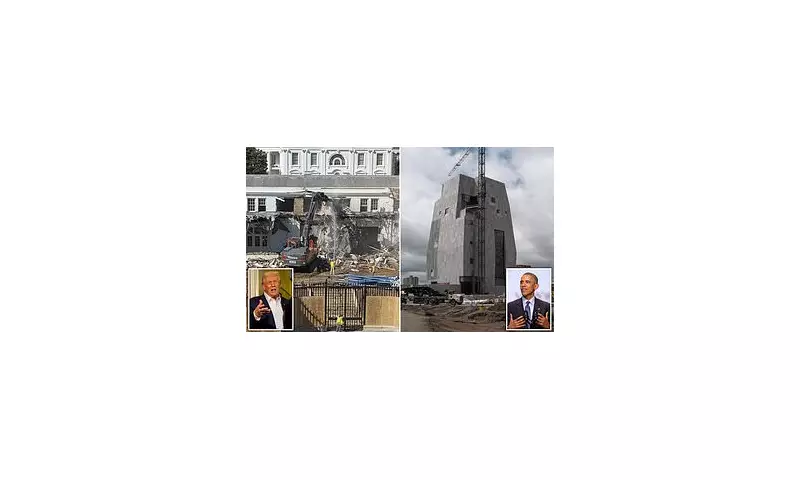
In a revelation that has sent political shockwaves across both sides of the Atlantic, former President Donald Trump allegedly contemplated one of the most audacious architectural projects in American history: the complete demolition and reconstruction of the White House.
The Presidential Demolition Dream
According to an explosive report from The New York Times, Trump repeatedly floated the idea of tearing down the historic presidential residence and rebuilding it from the ground up. The controversial plan would have seen the 200-year-old symbol of American democracy replaced with a modern structure bearing Trump's distinctive architectural signature.
Preservation vs. Progress
The proposal reportedly emerged during discussions about necessary renovations to the aging executive mansion. While previous presidents have overseen significant updates and restorations, none have seriously considered complete demolition. Trump's vision apparently extended beyond routine maintenance to creating what he described as a "proper legacy" project.
Historical Precedent and Political Fallout
The White House has undergone substantial renovations before, most notably during Harry Truman's administration when the interior was completely gutted and rebuilt. However, the exterior walls—the very fabric of the building's historical identity—were preserved. Trump's proposed demolition would have erased this continuity entirely.
Architectural Ambition Meets Political Reality
Sources indicate that Trump's vision faced immediate pushback from preservationists, historians, and political advisors who understood the cultural and historical implications of demolishing one of America's most iconic buildings. The cost alone would have been astronomical, running into billions of dollars.
The Legacy Question
This revelation adds another layer to understanding Trump's approach to presidential legacy and historical preservation. His administration was marked by significant tension between tradition and transformation, with this proposal representing perhaps the most extreme example of his willingness to challenge established norms.
The New York Times report continues to generate intense discussion about the boundaries of presidential power and the preservation of national monuments, raising questions that extend far beyond architectural preferences to the very heart of how America preserves its history while accommodating modern needs.





